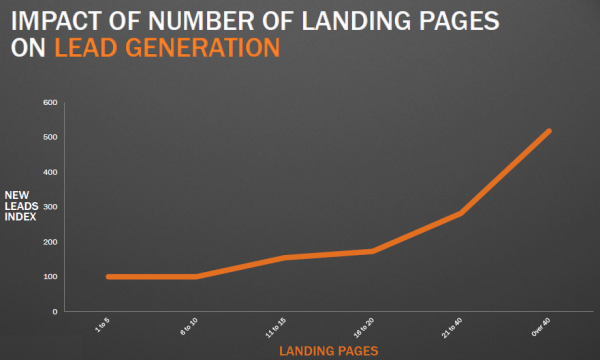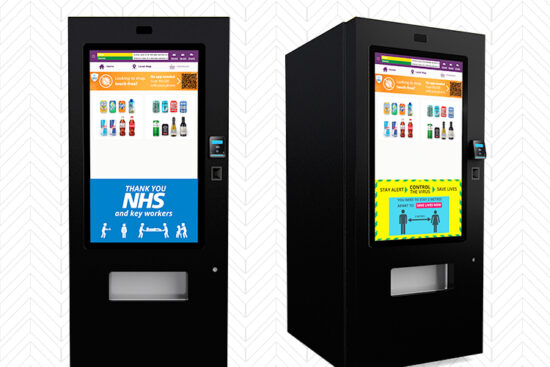
12th December 2015 by aegeuana_sjp_admin
An Introduction to Conversion Rate Optimization [Part 2]
Before you begin go about making changes to your website, you need to analyse your website and understand where it is you’re going wrong and how you can improve.
Identifying problem areas
Take a look at your design. A badly designed website won’t inspire much confidence in the end user. Gaining the trust of your visitors weighs heavily in the decision your users make in whether or not they stay or leave your site. A website with a bad structure and layout, use of typography, colour schemes or use of images or graphics can all be contributing factors. The user needs to feel safe and at ease. It is equally important that it is easy for the user to navigate around your site and find what they’re looking for. Getting the user frustrated is a sure way to have them navigate away from your website.This is why your call to action should be clear, prominent and easy to find. Make sure your content is relevant and use of graphics and images is subtle and non-distracting.
Responsive design is another factor to pay attention to. With an increasing amount of users browsing on the go from tablets and smartphones, making sure your website performs equally well across all platforms is important in making sure you’re exposed to the broadest range of users possible.
Pop-ups and advertising are another brilliant way to frustrate your visitors. Not only can it get in the way and be thoroughly distracting, but it can make it harder for the user to find what they’re looking for. If you really must have these on your website, try to keep them to a bare minimum.
SEO (or Search Engine Optimization) also plays a role in conversion optimization. Do you have accurate titles and a good use of keywords and meta data? This can help attract more users to your site and more importantly, more relevant users. Being able to reach your target audience effectively is essential in improving your conversion rate.
Increasing your number of landing pages can also help improve your conversion rate. Studies by Hubspot have shown that websites with a higher number of landing pages generally convert a greater number of users compared to websites with fewer landing pages.

However, this approach isn’t for everyone. For smaller websites, increasing the number of landing pages you have won’t make much of a difference in generating leads. It is only in the higher volume that a noticeable difference can be seen, which makes this approach more fitting for larger companies and organisations. Additionally, you shouldn’t make the mistake of assuming you can redesign the same offer 5 or 10 times and hope to have it succeed. Each landing page should be unique, offer something different and target different consumer segments.
Regardless of how well you improve your site, it is unrealistic to hope you can achieve a 0% bounce rate and a 100% conversion rate. There will always some users that visit your site that won’t identify as potential customers. For example, your competitors visiting your website to have a little snoop around is a very strong possibility.
References & further reading:
[1] http://en.wikipedia.org/wiki/Conversion_rate_optimization
[2] https://qualaroo.com/beginners-guide-to-cro/
[3] http://backlinko.com/conversion-rate-optimization
[4] http://blog.hubspot.com/blog/tabid/6307/bid/33756/Why-You-Yes-You-Need-to-Create-More-Landing-Pages.aspx
[5] http://www.optimizesmart.com/report-analyze-conversion-rate-google-analytics/




